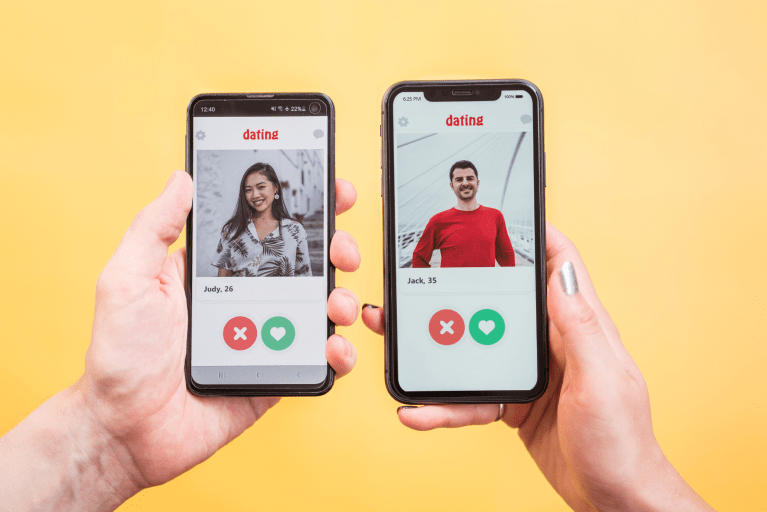Online Dating Industry Trends & Activity
Online dating services are far from new. Match.com launched in 1995 — nearly 30 years ago — and with the rise of smartphones, online dating has only expanded, transforming the way people connect. “It’s been a very stark shift. It hasn’t slowed down much,” Willison added. Simply put, relationships have transitioned from face-to-face meetings to phone-to-phone interactions.
So how do these platforms operate?
Nearly all dating apps offer free signup, removing financial barriers and making it easy for users to join — and they do. “There’s a significant amount of monthly average users and daily average users across these apps that are unpaid. This business mainly relies not on advertising, but on paid subscriptions and à la carte purchases,” said Willison.
Paid subscriptions enhance the user experience by offering features like increased matches, improved visibility, refined connections, and advanced filtering options. “Most of the purchasing that we observe is in terms of subscription, rather than à la carte, which is a smaller percentage of overall revenue across the board,” he continued.
Tinder, Bumble, and Hinge are the dominant players, shaping the trajectory of the industry. “These three apps determine the business and overall direction for the respective companies of Match Group and Bumble.”
So how do these platforms operate?
Nearly all dating apps offer free signup, removing financial barriers and making it easy for users to join — and they do. “There’s a significant amount of monthly average users and daily average users across these apps that are unpaid. This business mainly relies not on advertising, but on paid subscriptions and à la carte purchases,” said Willison.
Paid subscriptions enhance the user experience by offering features like increased matches, improved visibility, refined connections, and advanced filtering options. “Most of the purchasing that we observe is in terms of subscription, rather than à la carte, which is a smaller percentage of overall revenue across the board,” he continued.
Tinder, Bumble, and Hinge are the dominant players, shaping the trajectory of the industry. “These three apps determine the business and overall direction for the respective companies of Match Group and Bumble.”





